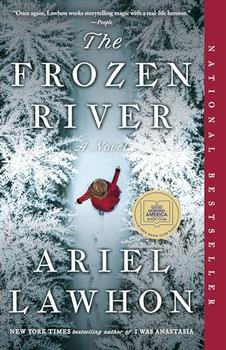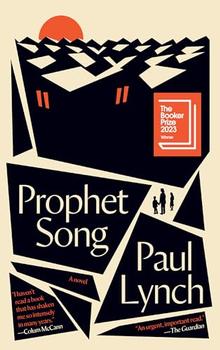Summary | Excerpt | Reviews | Readalikes | Genres & Themes | Author Bio

The Inside Story of the 1998 Sydney to Hobart Race
by G Bruce KnechtPROLOGUE
LARRY ELLISON was lying in his bunk, calculating the likelihood that he would die.
He was, thanks to his stock in his company, Oracle, one of the wealthiest men in the world. But right now, he was seasick and miserable, and the NASDAQ seemed very far away.
One day earlier, he had seen what was coming. Looking at one of the two laptop computers used on his boat, he saw a satellite-generated image of a cyclone--like cloud pattern. Gripped with the same surreal feeling of disconnectedness he sometimes had when he was flying a plane on instruments, he asked Mark Rudiger, the yacht's navigator, "Have you ever seen anything like this?"
Almost imperceptibly, Rudiger shook his head.
"Well, I have," Ellison declared, his voice rising in bewildered outrage. "It was on the Weather Channel -- and it was called Hurricane Helen. What the f--k is that doing here?". Ellison's yacht Sayonara had been struggling ever since. Steep forty-foot waves were sucking Sayonara up terrifying crests and then releasing it into deep troughs. Going up felt like riding an elevator during an earthquake; going down felt as though the elevator's cable had snapped. The boat's hull was made from two skins of carbon fiber surrounding a core of foam. Carbon fiber is a synthetic material with incredible strength for its weight, but Ellison knew that structural elements were beginning to fail. Several of the bulkheads, critical to maintaining the integrity of the hull, were no longer even attached. Large oval blisters had developed on the hull's inside surface near the bow, indicating that the carbon skin had separated from the foam interior and that the two surfaces were grating against each other. Ellison knew that at some point the hull would become so weak that it would collapse like a paper bag against one of the waves. He also knew that Sayonara was too far out at sea to be reached by helicopter and that if he ended up in the water, he was unlikely to survive long enough to be rescued by another vessel.
By every standard but his own, Ellison, who looked younger than his fifty-four years, lived the life of dreams. On most days, he directed his company of 37,000 employees without even showing up at the office. He preferred to keep in touch by phone and e-mail from Katana, his 240-foot power yacht, or from his elegantly simple Japanese-style house in Atherton, California, where a pond was filtered like a swimming pool to ensure that the water was always crystal clear.
But Ellison was motivated by a kind of deeply rooted ambition that would never be satisfied. He was born to an unwed mother who gave him up for adoption. His adoptive father repeatedly told him he would never amount to anything. Since then, Ellison's successes had only expanded his appetites. Although he carried himself with the bouncy manner of an adolescent who has just won an athletic championship, his dark brown eyes appeared coldly focused and constantly calculating. In a rarefied form of keeping up with the Joneses, much of the calculus involved his greatest rival, Microsoft's Bill Gates. It was a rivalry that, in Ellison's mind at least, went far beyond business and money. Ellison, who wrote short stories, played the piano, and piloted stunt planes in addition to winning sailing regattas, was constantly seeking to portray himself as more talented and more broadly gauged than Gates.
To Ellison, life was an experiment, or a contest, with a singular purpose: determining just how good he could be. Speed was an overriding theme. In addition to Sayonara, Ellison had a collection of high-performance planes and cars. With its 18,500- horsepower engine, Katana could charge through the water at thirty-five miles an hour. Ellison had given a lot of thought to his endless quest to go fast. "There are two aspects of speed," he told friends. "One is the absolute notion of speed. Then there's the relative notion -- trying to go faster than the next guy. I think it's the latter that is much more interesting. It's an expression of our primal being. Ever since we were living in villages as hunter-gatherers, great rewards went to people who were stronger, faster."
Copyright © 2001 by G. Bruce Knechtht




What really knocks me out is a book that, when you're all done reading, you wish the author that wrote it was a ...
Click Here to find out who said this, as well as discovering other famous literary quotes!
Your guide toexceptional books
BookBrowse seeks out and recommends the best in contemporary fiction and nonfiction—books that not only engage and entertain but also deepen our understanding of ourselves and the world around us.